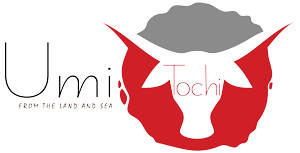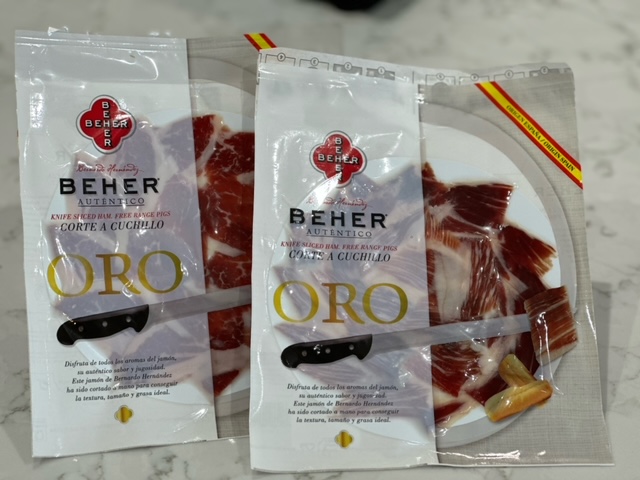Description
Isigny Butter (Protected Denomination of Origin) is made in accordance with traditions, and exclusively from the milks of the Isigny terroir. As specified in the AOP technical manual, nothing is added or taken away the butter. Made with the best traditional creams of Isigny (matured 16 to 18 hours), it is famous for its golden buttercup colour and its distinctive notes of milk.
Insigny churned butter is made exclusively from the best milks of the Isigny region. These milks, chosen for their exceptional richness in cream, protein and vitamins, are collected every 48 hours and brought to reception tanks. Here they undergo a series of tests to ensure that they meet our highest quality standards.
Only Isigny’s best creams are selected to be churned into Isigny AOP Butter. These creams acquire all their distinctive aromas and organoleptic qualities during one crucial stage: the traditional slow maturation. They are seeded with lactic starter cultures before resting for between 16 and 18 hours. After that, they are churned in the traditional way.
By respecting traditional methods, the grains of butter that form have an even melting texture. As specified in the AOP technical manual, nothing is added or taken away. Isigny AOP butter is naturally rich in iodine, vitamin A and beta carotenoids. It is famous for its golden buttercup colour and its distinctive flavour notes of hazelnut and milk.
Insigny
The Isigny region used to be one of Europe’s largest wetlands until the sea retreated in the sixteenth century. It left behind a clay soil with rich alluvial sediments, upon which green grass grows abundantly. For centuries, the region’s dairy farmers have produced exceptionally fine milk, earning a well-established reputation for quality.
In fact, thanks to the salty seawater of the Channel, combined with fresh water from the Cotentin peninsula and the Bessin marshes, the region’s climate is mild and damp. The cows which graze these pastures are eating grass which makes their milk rich in mineral salts and trace elements.
So as to preserve what was going to become their brand, the region’s milk producers joined forces. Isigny Sainte-Mère is the combines the resources of two complementary dairy cooperatives. The Isigny-sur-Mer cooperative had been operating in Calvados since 1932. The Sainte-Mère cooperative was set up in 1909 and worked in the neighbouring Manche département.
The two operations merged in 1980. Why? Firstly, the two milk collecting zones complemented each other geographically; both the cooperatives shared the same concerns to ensure quality and the same ambition to achieve it. Everything brought them together: remaining faithful to ancestral know-how, a respect of both the terroir and the men who worked with it and kept it going. The new cooperative set out to conquer the world. It has been so successful that more than half of its sales are exported and the name of Isigny Sainte-Mère is known all over the world.
Insigny collection zone is a geographically-defined area which extends across 35 square kilometres of the Cotentin peninsula and adjoining elevated Bessin farmland. This zone comprises low-lying marshes and higher bocage or farmland criss-crossed with hedges and thickets, all drained by a network of rivers that converge along the coastline near Isigny-sur-Mer. This fertile land, with its mild maritime microclimate, was transformed down the centuries, turning it into a classic terroir: a seamless blend of naturally favourable conditions and human endeavour. Today its rich pastures are the source of prestigious and luxuriant grazing, a truly great source of butter and cream.
The soils are rich and fertile, thanks to alluvial deposits. It averages 170 days of rain a year, well spread throughout the seasons. Summer temperatures are mild, the winters are not particularly cold. The growing grass benefits from the salty, onshore sea breezes. The temperate ocean climate ensures exceptionally rich grass growth for much of the year. The milk from their cows is rich in mineral salts, trace elements and essential fatty acids.
PDO
To achive PDO accredited products, dairy farmers have observe extensive farming practices on their holdings. They undertake to respect both animals and land alike. Cattle have access to grazing for at least seven months of the year, the stocking density is no more than three cows per hectare and forage crops are grown mainly on the same farm.






